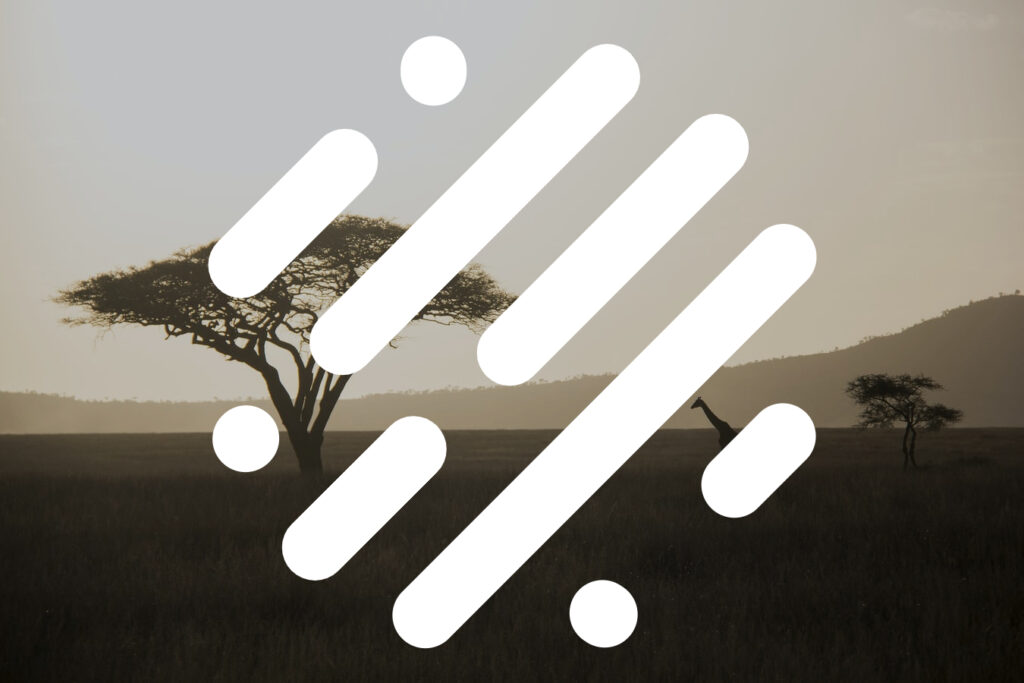Internet of Things (IoT) is an integrated part of Future Internet where physical and virtual “things” have identities and are seamlessly integrated into the information network.
IoT is one technology that is penetrating the world so fast. It is being adopted to create smart homes, smart environment, connected automobile, wearables and industrial internet. No doubt, the African environment is gradually feeling the wave of this technology which is facilitated by the widespread use of smartphones, cheap bandwidth and availability of big data analytics.

However, the African tech society seems to be slowly coming up to this reality. There are so many areas to be explored in the IoT which will add so much value to individuals, businesses and the government at large. Accompanying the IoT innovation are challenges some of which are peculiar to the African environment. This paper introduces the concept of internet of things, describes its level of development in Africa, highlights some challenges to be met during its deployment and states some areas of applications in the continent.
The Internet of Things (IoT) refers to the use of intelligently connected devices and systems to harness data gathered by embedded sensors and actuators in machines and other physical objects.
The steps in IoT basically involve collecting data, aggregating them into a network and processing them or storing them for future improvements.
For consumers
IoT has the potential to deliver solutions that dramatically improve energy efficiency, security, health, education and many other aspects of daily life.
For enterprises
IoT can underpin solutions that improve decision making and productivity in manufacturing, retail, agriculture and other sectors.

IoT describes a system where items in the physical world, and sensors within or attached to these items, are connected to the Internet via wireless and wired Internet connections. These sensors can use various types of local area connections such as RFID, NFC, Wi-Fi, Bluetooth, and Zigbee. Sensors can also have wide area connectivity such as GSM, GPRS, 3G, and LTE.
The term “Internet of Things” was popularized by the work of the Auto-ID Center at the Massachusetts Institute of Technology (MIT). In 2002, its co-founder and former head Kevin Ashton was quoted in Forbes Magazine as saying, “We need an internet for things, a standardized way for computers to understand the real world” . Since then, many visionaries have seized on the phrase “Internet of Things” to refer to the general idea of things, especially everyday objects that are readable, recognizable, locatable, addressable, and/or controllable via the Internet, irrespective of the communication means, including things that are non-electronic such as food and clothing. Examples of “things” include: People, Location (of objects), Time Information (of objects) or Condition (of objects).
Many African countries have already taken advantage of IoT technology; from healthcare providers tracking the health of outpatients to utility companies using connected meters to check usage, find faults and pre-empt surges in demand. In fact, without legacy infrastructure in place, Africa can leapfrog in a number of areas that more developed countries would find difficult. The Internet of Things (IoT) has the potential to offer a range of innovative new services and solutions to individuals across the region, and in doing so to begin to address some of the challenges it is facing including those arising from high levels poverty and the need to extend access to basic services to currently underserved populations.



